Mental Health Crisis
And how to help.
January 18, 2023
Adolescence in the United States have been undergoing a significant shift. Thirty years ago, smoking, binge drinking, driving under the influence, and pregnancy posed the greatest threats to public health for adolescents. Since then, a brand-new public health threat has taken place: escalating adolescent mental health issues.
According to the C.D.C.’s Acting Principal Deputy Director Debra Houry, M.D., M.P.H., “The COVID-19 pandemic has created traumatic stressors that have the potential to erode further…. mental wellbeing.” The C.D.C. also reports that suicide rates among young people between the ages of 10 and 24 have increased by 60% since 2018. The Clinician section on the U.S. Preventive Services Task Force website even states, “Adolescents aged 12 to 18 years: Screen for major depressive disorder (M.D.D.).” In the past few years, there have been many causes for the downfall of individual mental health. These situations have been difficult for some to deal with and have had severe effects.
Well, Why?
The Covid-19 pandemic exacerbated mental health problems. However, even before Covid, most adolescents’ mental health was deteriorating across various racial/ethnic groups, urban and rural communities, and socioeconomic statuses. Therefore, according to the National Alliance of Mental Health, “What can we do,” should be asked.
Although most mental health was still bad before COVID, it only continued to get worse from there. From taking a look at this C.D.C. data, “More than half (55%) reported they experienced emotional abuse [during COVID] by a parent or other adult in the home, including swearing at, insulting, or putting down the student.” It’s evident that teens have been put through a lot and suffered greatly from the pandemic. Teens who were stressed out before the pandemic lost a crucial component in their lives that allowed them to feel seen and heard by their peers in a way that is essential to identity development, break-up/repair, self-confidence, and recovery from events that were upsetting and confusing.
Specifically SPASH
Thinking outside of the causes, let’s look at how this community feels. Annina Lecapitaine sent out a survey to SPASH students asking particular questions: are you mainly happy, depressed, or angry? Do you believe there is a mental health crisis? In the past year, how has your mental health been? Do you have good mental health? Finally, what is your most significant stress factor? The results of these questions were nothing short of shocking and sad. 43 percent of the respondents said they were happy, and 22.8 percent felt depressed or sad. Angry was not a typical pick, with only 5.1 percent.
When asked how students were feeling, 29.1 percent of students chose to make their answers calm, decent, mellow, content, stressed, anxious, IDK, mood swings, unsure, tired, and even some long personal responses. This evidence shows me that students are feeling worse than better. Out of 81 answers, 51.9 percent chose the option no to having good mental health, and 35.8 percent of students feel depressed. For the last question, 57.5 percent of students chose the answer school as their most significant stress factor, while every other student responded with everything. Nearly all of these questions had a negative outcome.
Always Double-Check
There are many possible solutions to help students/adults feel better about themselves, but no direct answer. What this community can do is check on their friends/family, post sources of help on social media, and give a positive attitude to everybody. With the detailed data that something is wrong with most adolescents, these solutions should be mandatory for everyone. Years ago, issues were based on drinking or shrug use; now, its suicide rates and too many hospital visits. Please take a few minutes to check on friends and family!


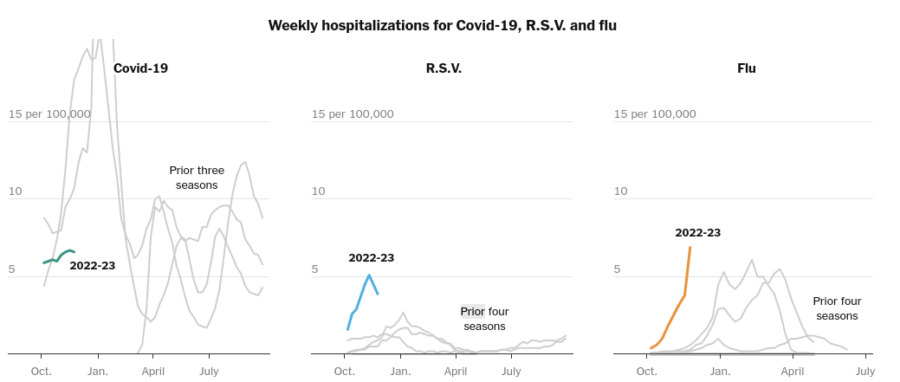
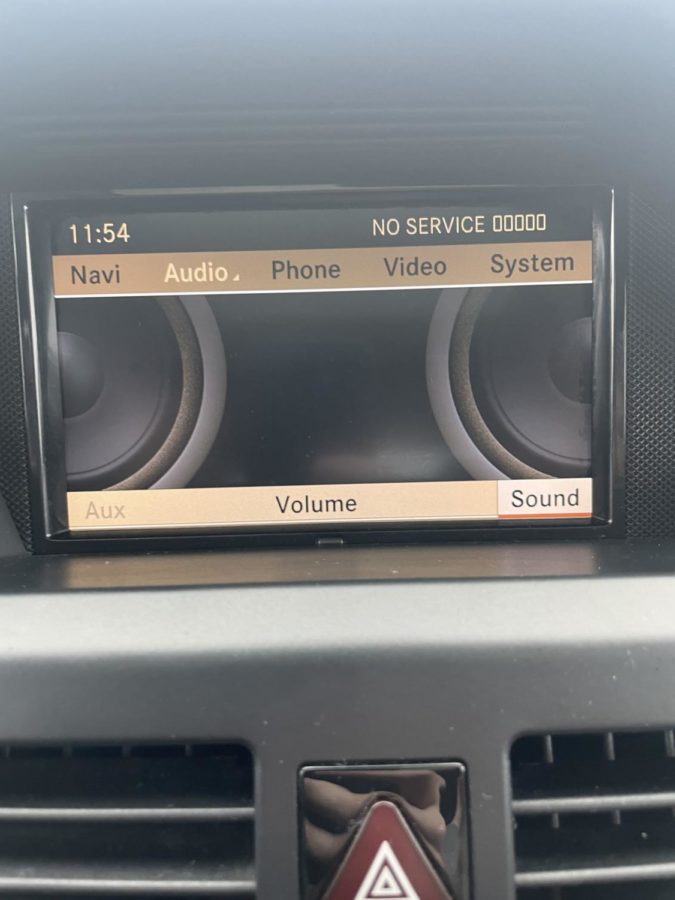
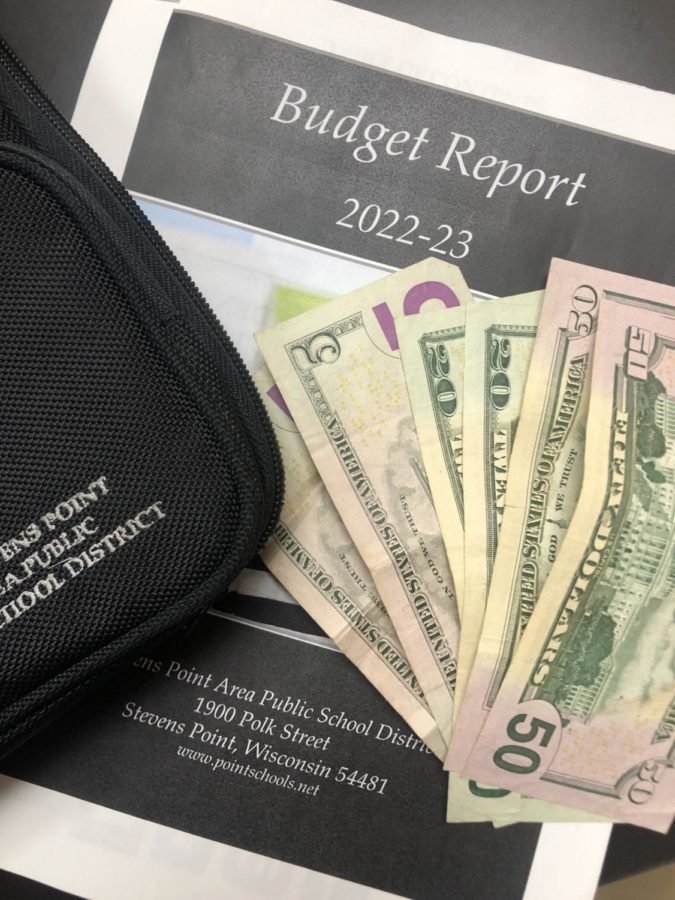





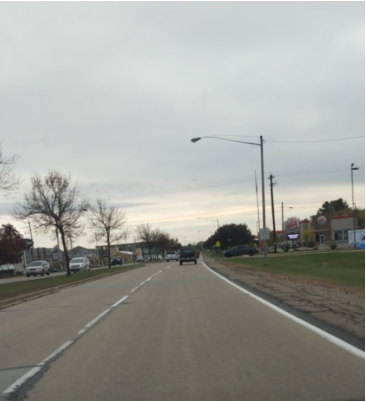




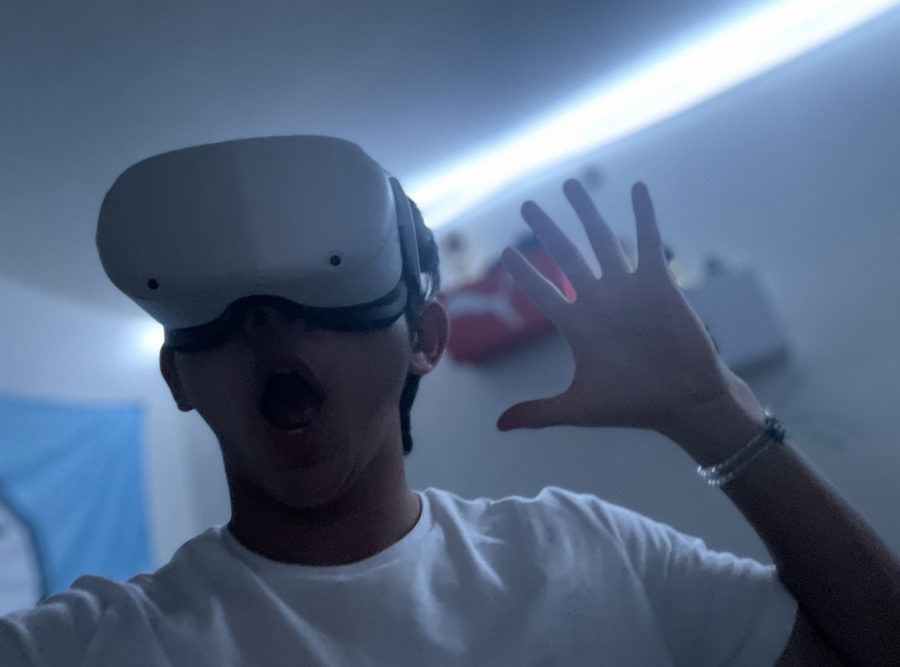



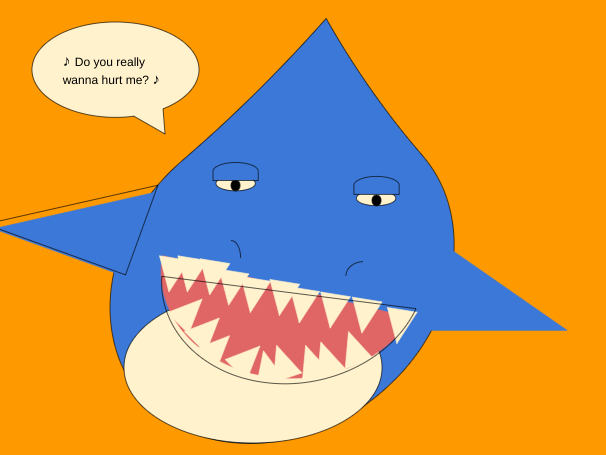


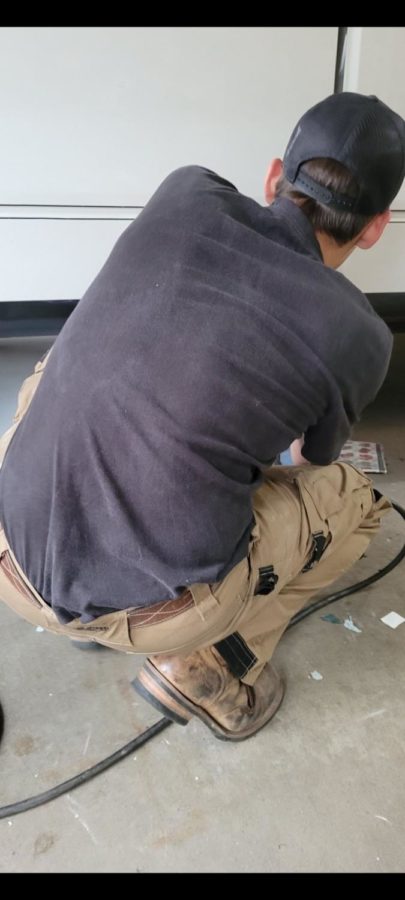


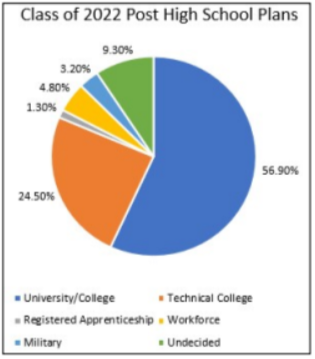
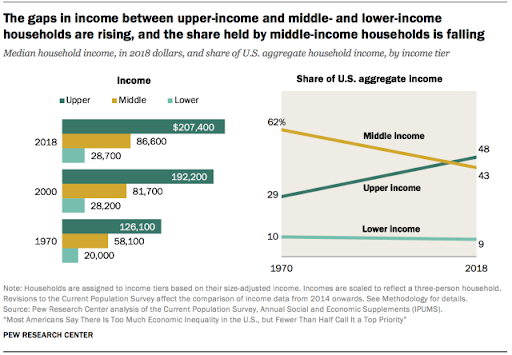
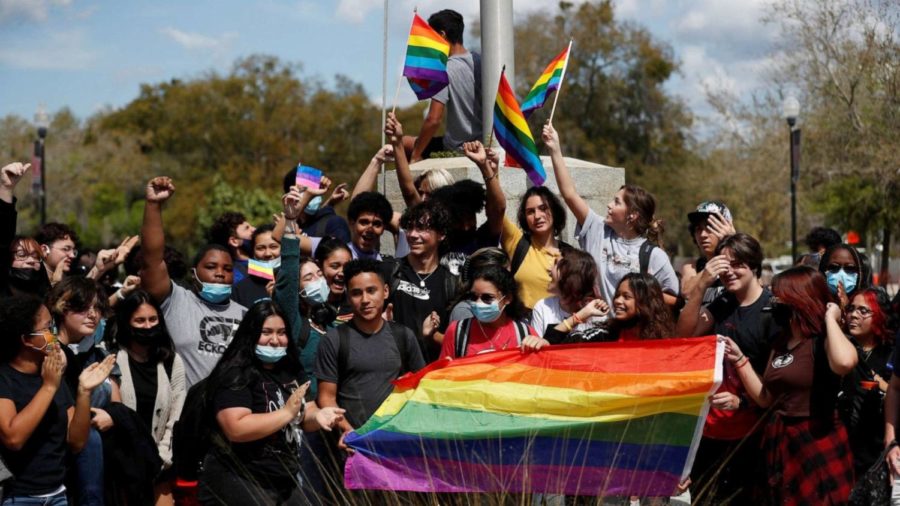

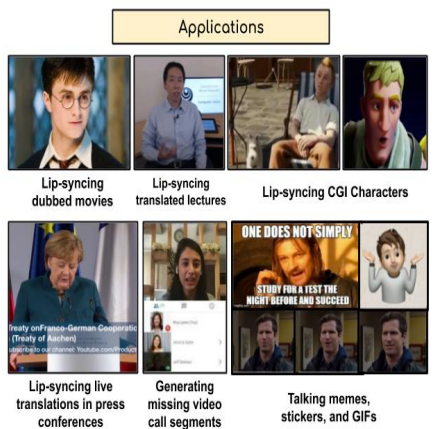
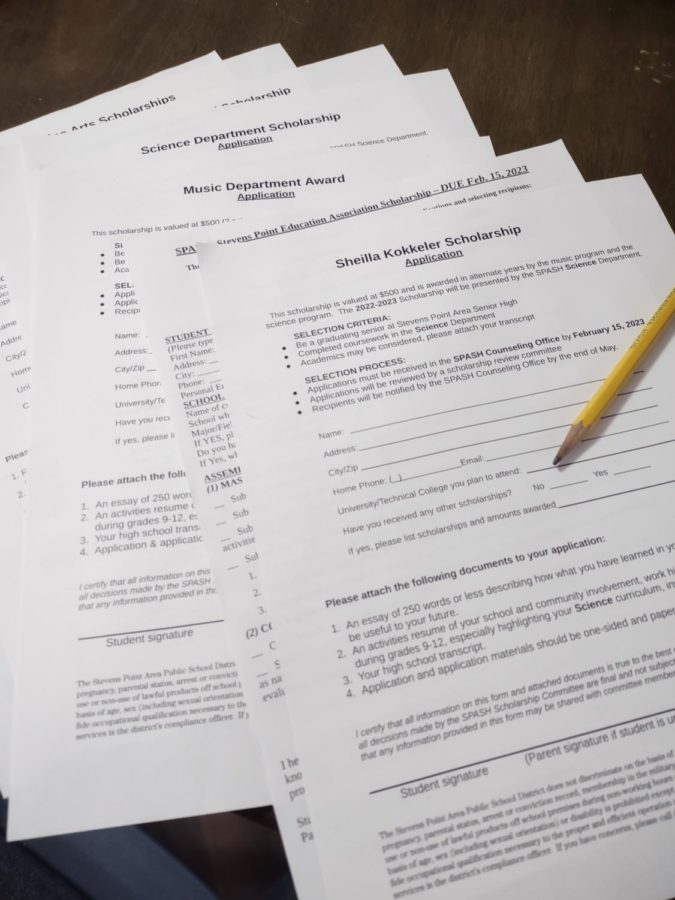




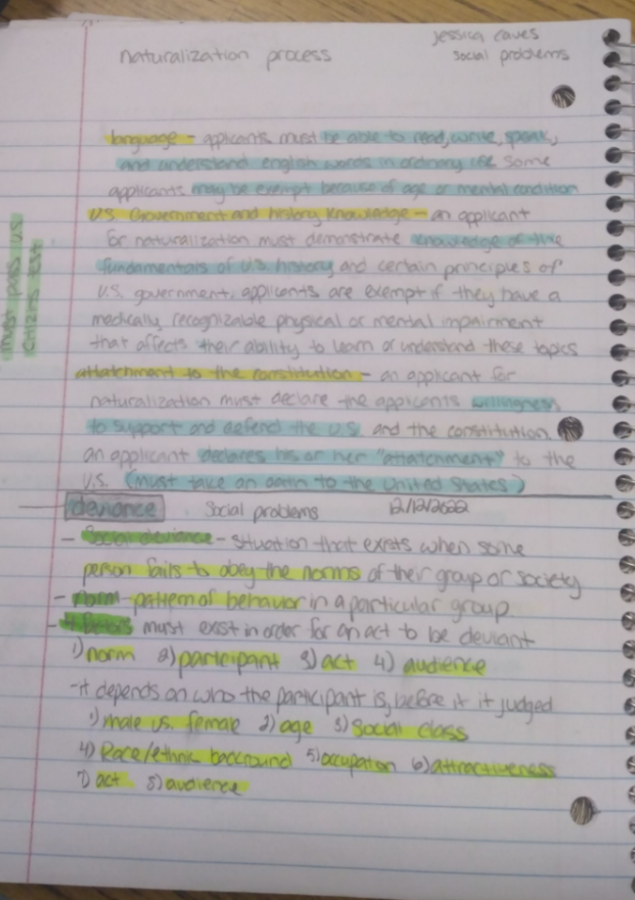
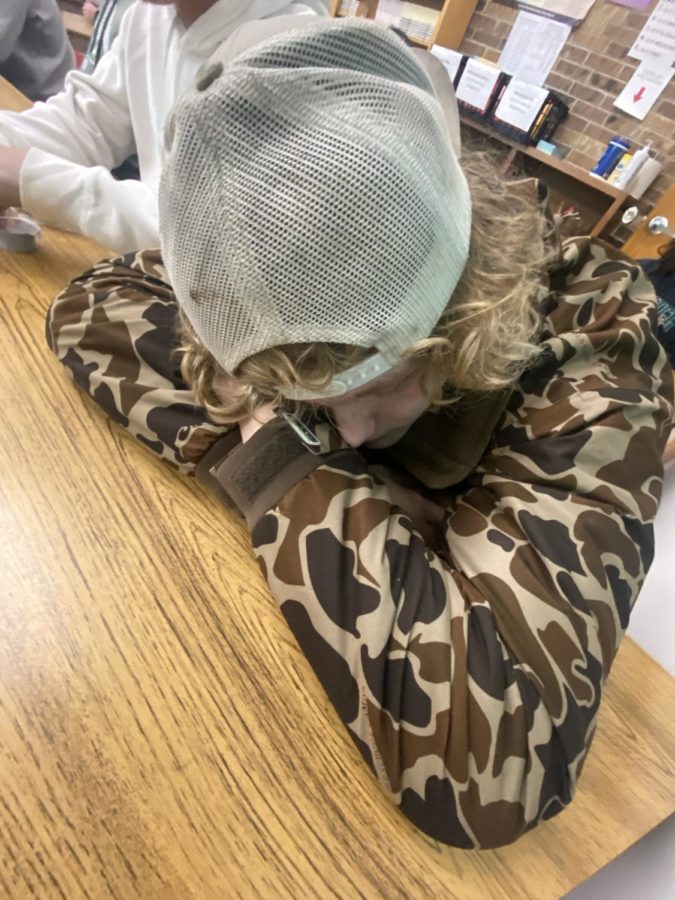

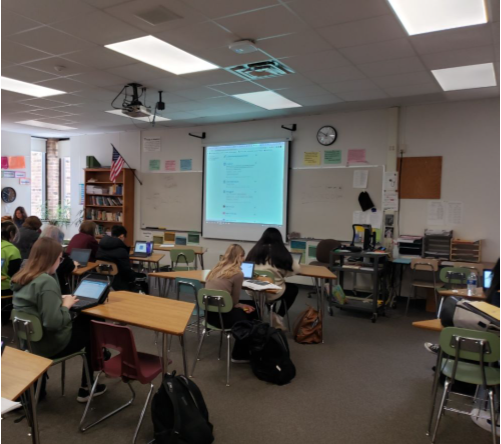
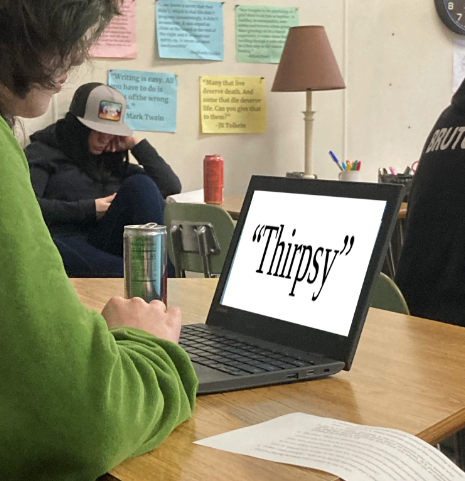


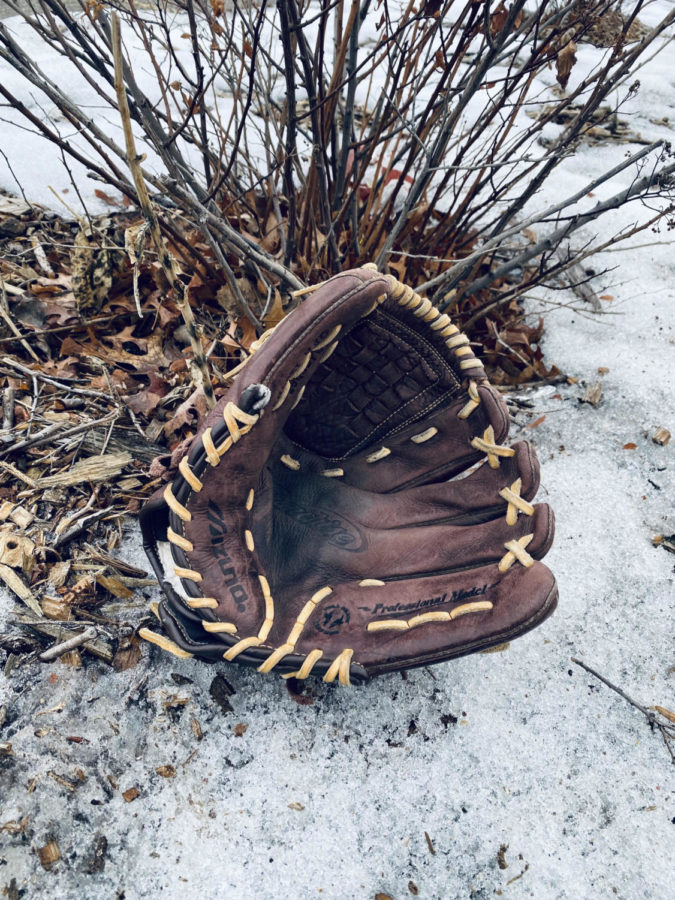




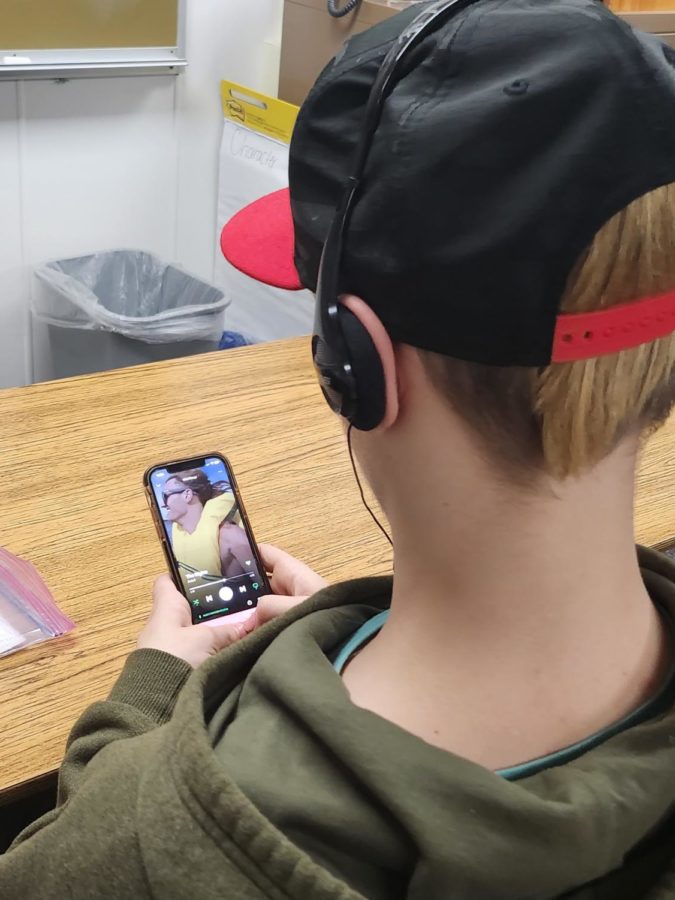

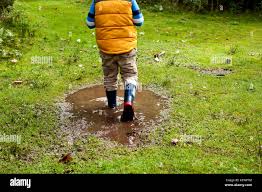





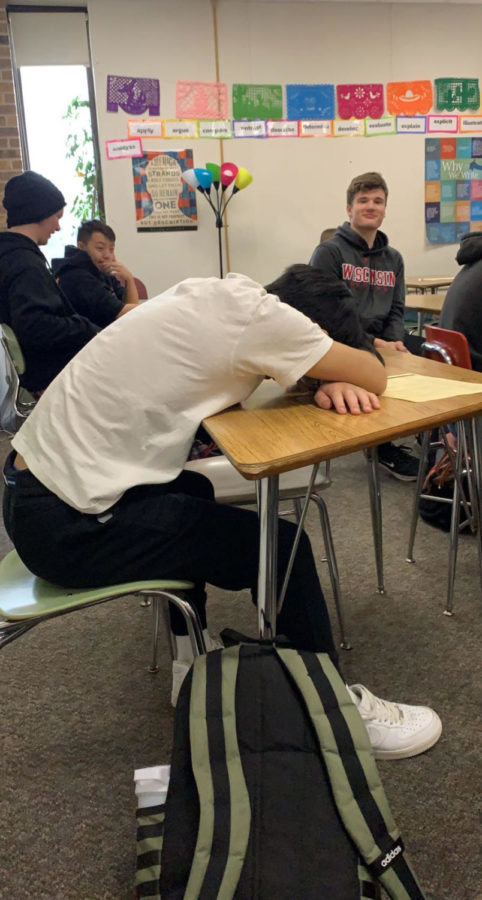
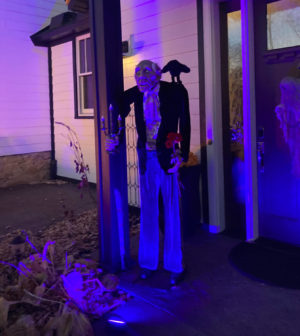



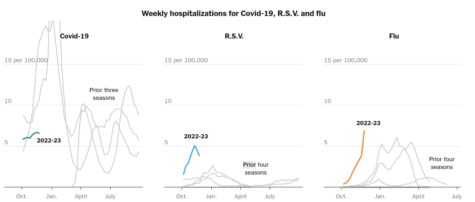
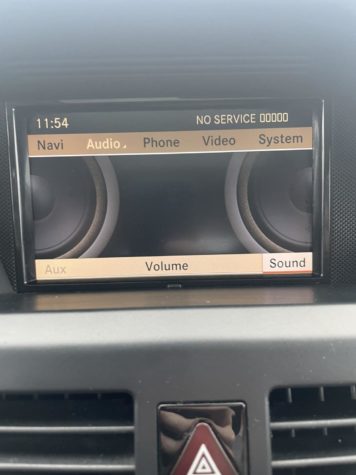


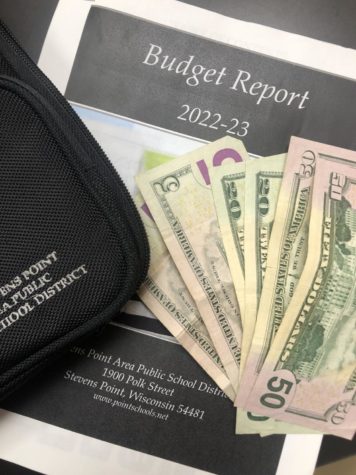
Lily • Jan 21, 2023 at 7:23 PM
Annina, the information you presented in this article is very important to be brought to the school attention, everyone’s attention. The addition of the paragraph about SPASH specifically is really helpful to us students to be heard and have a big voice. The article is overall great!
Peyton • Jan 19, 2023 at 3:54 PM
Annina, you did a really good job at bringing this more hidden subject to light. I think bringing student responses about their mental health was a really great touch. I also thought the ending was a really great way to wrap things up.
Grace MROZINSKI • Jan 19, 2023 at 11:33 AM
I know many that struggle with mental health and it is not an easy thing to deal with. I think giving students the option to give you feedback with your survey was a great part of this. I also like how you talk about checking on family and friends.
Ariana Meza Aguilar • Jan 19, 2023 at 11:32 AM
Annina, nice job! I love your article, I think it is very good that more is known about this topic in SPASH. Also, you asked good questions in your interview
Damien Kinney • Jan 19, 2023 at 11:27 AM
Annina, I really liked your article and how it came out. The survey that you used was really informational and showed that there are a lot more people that do struggle with their mental health.
Alexius Mancl • Jan 19, 2023 at 10:35 AM
Annina, I really like how you give your opinion and use the option of other students with the survey. Having evidence backing up all your quotes makes your article very organized and well-written. I’m glad you wrote about this topic because it affects a lot of people and students will find this very interesting. The quotes in your article make your writing very strong and make the article more interesting.
Victoria • Jan 19, 2023 at 10:31 AM
As someone who struggles with mental health and has trouble keeping up with school checking up on people is definitely helpful since its so hard for me to reach out first.
Alisson Worzella • Jan 19, 2023 at 10:27 AM
Annina I liked your article it is a good idea to spread awareness and show how much COVID has effected teens and depression. I like the survey you took showing that it is real and many teens experience this in SPASH. Your ending is also very good telling people to make sure to check up on their family and friends so nothing bad happens.
adviser • Jan 19, 2023 at 9:00 AM
You do a nice job appealing to SPASH audiences in your article. I love that you bring in the survey and end by asking readers to check in on loved ones.